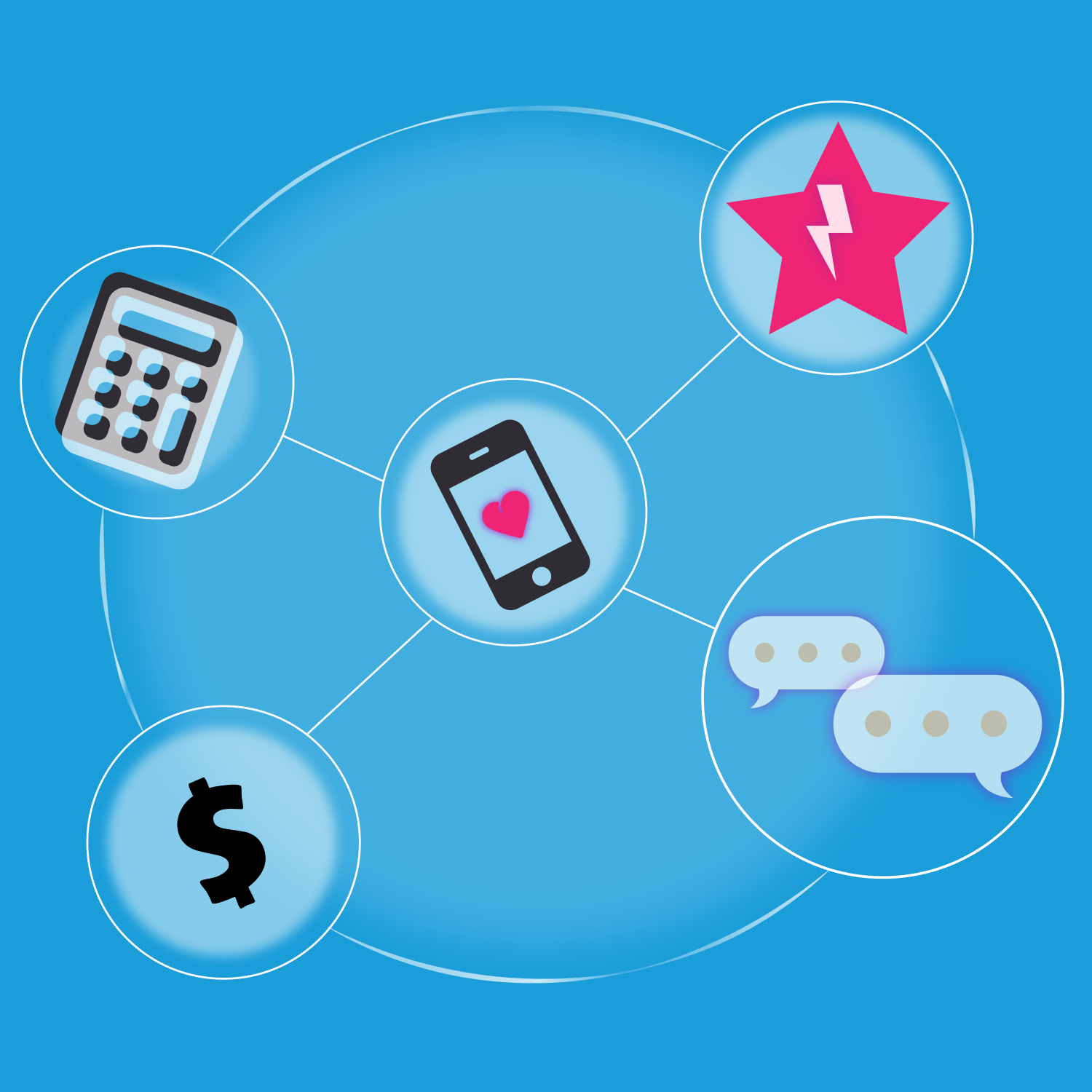Important considerations for a successful implementation of the Agency sales model
In our article ‘wholesale to retail transformation’ – people first’ https://www.phm.co.uk/news-insights/wholesale-retail we discussed what the Agency model is and why some automotive manufacturers are choosing to implement it. Since this article was published, we have seen some high-profile examples of OEMs stepping back from plans to implement ‘genuine’ Agency sales models, citing various reasons for their apparent change of heart. This has, in turn, led to the leaders of some dealer groups celebrating the apparent demise of the once-lauded sales model, which suggests they had failed to become convinced of its merits.
So, what are the biggest challenges for an Agency implementation, and how can OEMs still considering the switch ensure they don’t get tripped up by the same hurdles that have impacted other rollouts?
‘Why’ and ‘What’s in it for me?’ (WIIFM)
The desire for an OEM to switch to Agency is normally driven by several factors:
Competitors with lower costs and higher margins entering the market and putting pressure on the traditional pricing structure
The higher cost of producing Electric Vehicles relative to traditional models, reducing available margins
Products becoming more connected, creating huge amounts of new customer data and insight
A shift in consumer’s preference to a more flexible ‘omnichannel’ sales journey, where they choose how much of the process is conducted ‘in person’
Recognition that the true value in a company lies less in the products they make and more in the data they hold about their customers
Franchise agreements are due for renewal/renegotiation
Once the decision has been made to embrace an Agency sales model, particularly if prompted in part by the final point above, the next step for some OEMs has been to issue new contracts to their dealer partners, provoking protracted negotiations over the details within. This could be the first mistake, as before a case has been made for the transformation, the dealers react to changes to terms, margin structure and potential earnings, becoming defensive of their existing position (which for some has performed well for over 100 years). From this point onwards, the OEM will be faced with an uphill struggle to convince their partners that the change is good for all concerned and could face resistance to every subsequent step of the journey.
How could this situation be avoided?
Clear and concise communication of the reasons for the change, or the ‘why’.
Prior to issuing any new contracts, OEMs should engage their dealer partners in open conversations about the very real threats posed by new entrants, the costs of electrification and changing consumer habits – they should present these as they are – a threat to the survival of legacy OEMs and their dealer partners. By being honest about the scale and urgency of the challenges, they can galvanise their partners into confronting them together, as a united entity. In turn, OEMs can strengthen their relationship with their partners, rather than appearing to be engaged in what could be viewed as a margin grab.
However, if the UK ‘Brexit’ political campaigns taught us anything, it is that simply focusing on the negatives of a situation is not a great way to make your case. To bring people with you, they must believe that the benefits of the change outweigh the risks of doing nothing. So, in making the case for Agency, OEMs need to demonstrate how the switch can make dealers more profitable, more sustainable and future-proof their businesses for years to come.
Make the case for change relatable to the individual – show them ‘what’s in it for me?’.
At PHM we’ve heard OEMs give lots of reasons for making the switch to Agency and typically they all focus on an improved customer experience. Whilst a seamless omnichannel sales journey (which agency can facilitate), is a great benefit for the customer, the immediate benefit to the leader of a dealer group can be less obvious. In fact, the change of ‘ownership’ of the customer relationship from dealer to OEM, could be seen as a direct threat to their business model. In framing Agency, OEMs should consider how each of the identified benefits relates specifically to a range of roles on the dealer side of the fence; Owners/investors, Dealer Principals, Sales Managers and so on. For the transformation to be successful they all need to see their individual ‘WIIFM’ and embrace the change accordingly.
The typical Investor or Owner of a dealership’s primary interest is selling more cars, making more money, and continuing to do so for the foreseeable future. Asking them to sign a contract with a handling fee 40% lower than current margin payments, is probably not going to make them very happy. However, demonstrating how a central contact centre operated by the OEM, can guarantee 100% lead follow-up within an hour, generate twice as many test drive appointments and sales, and potentially double finance renewals rates, will land far more favourably. Then demonstrate how the transfer of stock ownership to the OEM can save them considerable amounts of money in stocking interest, insurance, and maintenance costs and suddenly Agency seems much more attractive!
A Sales Manager or Sales Executive will have different motivations from the Investor/Owner but still have a key role to play in the success of any transformation. As such, tailored communications and training should support their understanding of their own ‘WIIFM’ ; this could include less paperwork, more time to focus on customer experience, a single system to manage the sales funnel and more. Of course, for some ‘old school’ salespeople the change might be too much, and they may decide to leave the business – this is OK, as it allows for the recruitment of a different profile of customer experience-focused team member, who is less motivated by sales targets and more enthusiastic about the service they provide. This can also provide the opportunity to restructure remuneration away from low basic salaries and high commission (which drives poor customer experience) in favour of higher basic salaries and a small commission linked to CX.
Of course, it is not always possible to find a genuine ‘WIIFM’ for all team members, in which case focus on letting your people know what is expected of them and why, keep them informed of progress and, vitally, recognise their efforts.
Only by making the benefits of the switch to Agency personal to all impacted roles, can OEMs ensure acceptance and engagement at all levels of both their own business and future Agent partners.
Systems and processes
Once the case for an Agency transformation has been made and stakeholders are aligned to their ‘why’ and ‘WIIFM’, an OEM will be in a much better place to roll out new systems and processes. Stakeholders will recognise the requirement to change and have a degree of goodwill towards any new ways of working, however, there are several considerations which can smooth the transition to BAU operation in the context of Agency:
Ensure new IT systems work as promised from launch – whilst users will accept some minor issues, they will not be happy if the new system adds to their workload or creates inefficiencies. If issues cause users to reject the system and continue to utilise legacy processes, it is much harder to get them back on board later
If launching a Minimum Viable Product (MVP), communicate clearly how you define ‘minimum viable’. Users should be clear on what they can expect from the system, what steps in the customer journey it covers, and where workarounds or legacy systems will be required. Managing user expectations will improve user acceptance and engagement with the new system.
Deliver high quality face to face training in a sandbox environment allowing users to complete an end-to-end process without fear of making mistakes. This should be close to the launch date so users can quickly put their new knowledge into action; waiting months will mean forgotten training and high volumes of calls to help desks, or field teams
Provide clear and accessible on-demand training materials which users can find easily in a moment of need. Chances are they will forget some of their training and being able to quickly find ‘how to’ guides that allow them to complete a process when with a customer will build confidence and provide a better customer experience
Offer refresher training as and when new system functionality is added; this could be delivered face-to-face, via webinars or videos depending on the scale of any updates
Summary
Changing your sales model is hard, and to pretend otherwise is folly. However, with a people centric approach that speaks to their individual needs and wants, Agency implementations can be successful. The benefits of the model are well documented, but they will only be realised if all stakeholders are invested and working together to make the transformation a success.
PHM has experience of supporting OEMs through Agency implementations and has witnessed the highs and lows they can deliver, so whatever change programme you may be considering, get in touch and let’s discuss how we can help.



